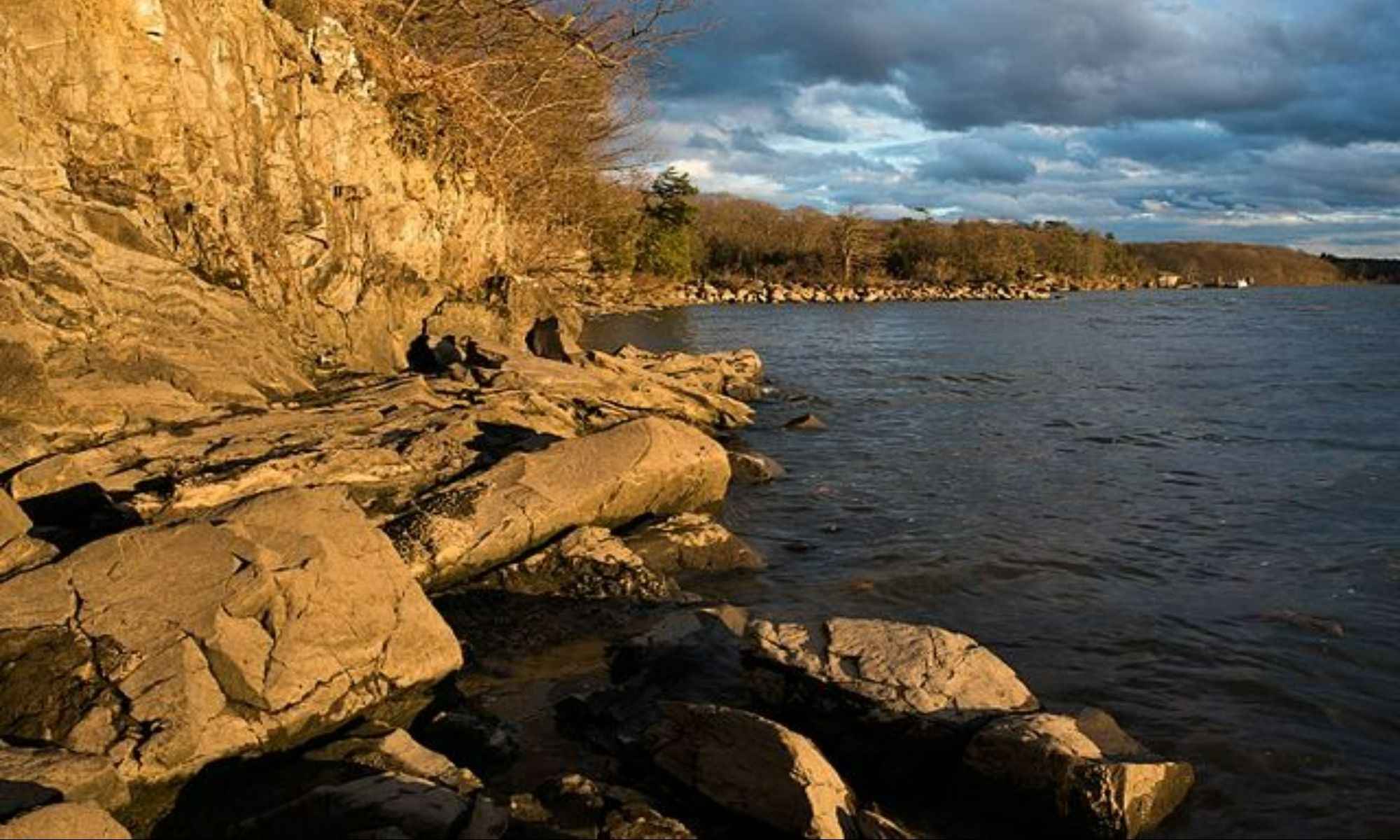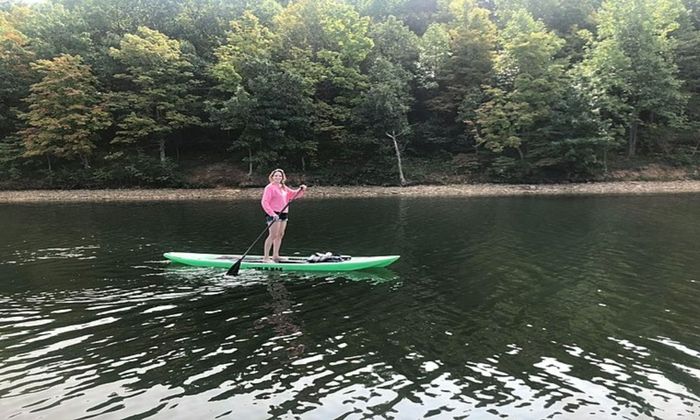Sustainable Fishing Methods You Should Know and Practice
Here is a guide for everything an angler needs to know about sustainable fishing.

Fishing, as an outdoor recreational activity, is inextricably linked to nature. Many things that factor into catching a fish are directly affected by the weather and temperature. When targeting game fish, water currents, seasons, and migrational fish patterns are also some of the anglers, look out for. Of course, when talking about going on a fishing trip, half of the enjoyment is sightseeing. Beautiful lakes like Lake Michigan or historical sites like the Hudson River act as great fishing spots and have incredible scenery.
Given the importance of nature to the aesthetics of fishing and the act of fishing, it is equally important to protect it. Many decades ago, little care was given to the environment. Factories dumped into the waters while commercial anglers participated in dynamite fishing. Many lakes and rivers were also overfished, leading to destruction in the ecosystem and even cases of extinction. Shellfish and other seafood considered luxurious today were a great way back but were affected by the examples above, leading to the scarcity we see today. Worst of all, overuse of irrigation systems and dams has led big lakes to dry up.
We now protect the environment to the best of our ability in modern times. The authorities strictly enforce seasonal fishing limits to prevent poaching and overfishing. They are also closely monitoring animal life that comes into certain states to prevent invasive species from thriving and decimating local ecosystems. Most importantly, dumping waste is not only looked down upon but strictly monitored. Those caught throwing waste into the water can receive heavy fines, revoking the angler’s fishing license, and even jail time.

When it comes to preserving the environment, each angler has to do their part. There’s no better way to pay respects to the sport we all love by making sure new anglers can enjoy the waters years from now. Here are some of the things anglers can do to make fishing more sustainable.
Sustainable Fishing: Everything You Need to Know
1. Using Fishing Vessels That Require No Fuel

A boat is an excellent way to go on a fishing trip for many anglers. However, using it is very expensive and can also be awful for the environment. Boats chug up gallons of fuel for the short time anglers use. They also release harmful gasses into the air, damaging the flora in the vicinity and the angler’s lungs. One way to combat excessive fuel usage is simply using a kayak or paddleboard. These vessels are much cheaper than buying or chartering a boat. Paddleboards themselves can be purchased at the very least for $200. Kayaks and paddleboards are highly customizable, with attachments for fishing rods, extra floaters, and storage available for purchase. Compared to buying a boat, it’s also much easier to transport kayaks and paddleboards from place to place. Finally, these modes of transportation can work off a bit of sweat while paddling, making for a great light workout.
Of course, it’s impossible to stop everyone from using boats. If anglers use them, it would be great to do so with many people. Having enough people makes the whole trip fun while abiding by enforced weight and capacity limits. Not only that, but it’s much better to burn through fuel with lots of anglers rather than only a few.
2. Use More Sustainable Ways of Fishing
Fishing from a boat is sometimes unavoidable. Drift fishing can be a sustainable and efficient way to catch fish when using a boat. Drifting involves turning off the engine in favor of the lakes’ natural currents to steer the vessel. Not only does drift fishing use less fuel, but it also allows anglers to go around the body of water while still being able to fish. By covering a lot of ground, anglers can use their time more efficiently.
Trolling like drift fishing makes efficient use of time by dragging multiple lines behind the boat simultaneously. These lines aren’t particularly long, and since most of the hooks used are circular, they’re less likely to damage corals and other stationary life found underneath the water. Those trolling should keep the lines distanced to prevent them from entangling. It’s also good practice to keep lines at different depths to mimic schools of fish.
3. Recycle
Recycling can take on many forms. The most usual practice is to separate biodegradable and non-biodegradable materials when taking out the trash. Lures and other plastics should adequately be disposed of when it comes time to throw garbage. Fishing lines, in particular, have their way of disposal. Their materials are unique and can only be disposed of in special facilities. For proper disposal, it’s best to give them to fishing stores, rod rental kiosks in piers, or consult the local waste management authorities.

Besides disposing of trash, reusing can also be a form of recycling. Old plastic boxes can be repurposed into tackle boxes; nail clippers can be used instead of buying a line cutter. Many household items can be used as a substitute for fishing gear.
4. Catch and Release
Ultimately, one of the more pressing issues for sustainable fishing is controlling the fish population. Season fishing limits and bag and size limits are in place to ensure no risk of the fish running out. Though these rules limit how much anglers can take, it does not mean they can’t catch fish. Anglers can still catch fish but will have to release them. Though some downsides can include being more careful in taking out the hook and line, it is a way to ensure that the fish will still live at the end of every trip.



